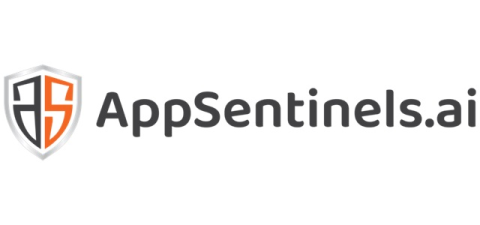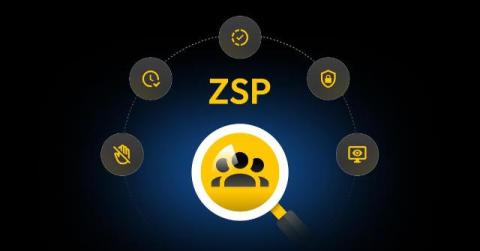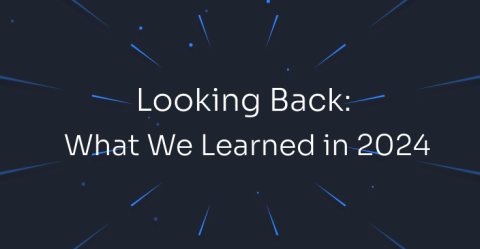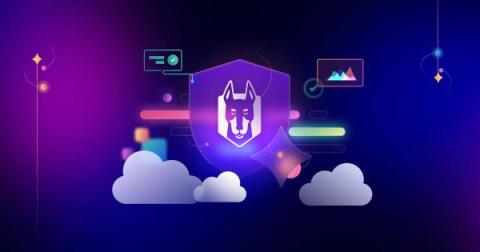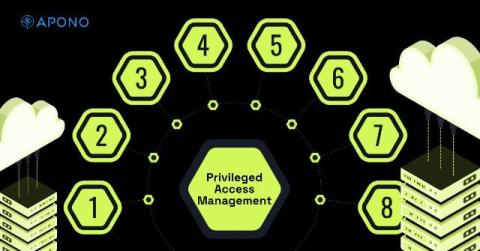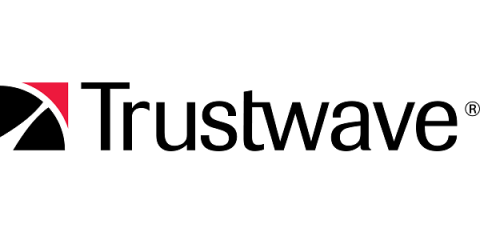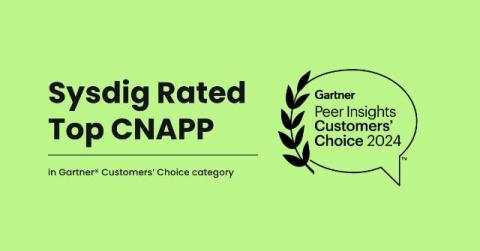An organization is Only as Secure as Its Weakest Link: Why API Security Shouldn't Be Overlooked
In the modern digital age, cybersecurity has never been more crucial — or more challenging. As organizations become more connected and reliant on technology, their attack surfaces expand. The classic adage, “An organization is only as secure as its weakest link,” has never been more relevant. APIs are the backbone of digital age – connecting everything – customers/vendors/partners and power most of the technology today including GenAI.


